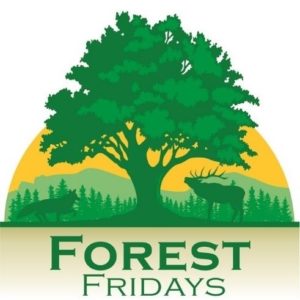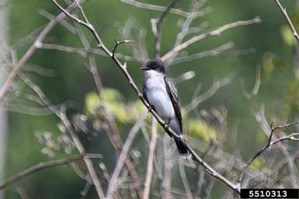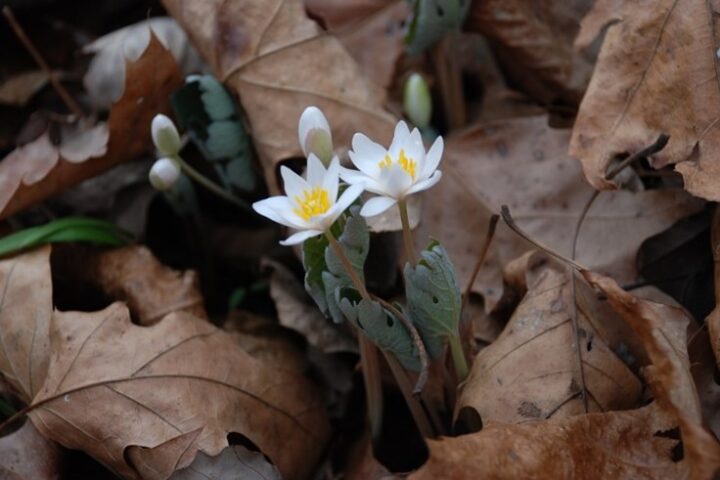
By Ryan Reed
My backyard bird visitor list is probably consistent with those of many other PA bird watchers. Northern cardinals, purple finches, common bluejays, eastern robins, mourning doves, common grackles, tree swallows, mockingbirds, and house sparrows show up daily.
Other interesting birds visit sometimes, including the goldfinch, eastern bluebird, brown thrasher, downy woodpecker, and Cooper’s hawk. A rarer treat is the punctual cedar waxwing flock that always seems to know when the serviceberries are ripe.
I see bald eagles sailing past at least several times a year, often in pairs, and in 2020, three at once. A nesting pair annually rears young along the Swatara Creek/Quittapahilla Creek confluence, and I’m sure they have graced my skies more than once.

Eastern kingbird. Photo by Caleb Slemmons, National Ecological Observatory Network, Bugwood.org
But, just this past Saturday, we had a visitor I’ve never documented before—the eastern kingbird. It’s been so long since I’ve seen one that I misidentified it as a great crested flycatcher. It turned out that I wasn’t too far off the mark, at least based on behavioral observations, as the eastern kingbird and the great crested flycatcher are relatives. Both are classified in the Tyrannidae family, otherwise known as the family of “tyrants”. The sleek, robin-sized eastern kingbird is not really uncommon, overall, despite my dearth of observation. Other relatively common members of its tyrant family which can be seen in PA include the eastern wood peewee, the eastern phoebe (easily confused with the peewee), and Acadian flycatcher.
The persistently domineering behavior of the eastern kingbird, especially toward flying insects (their prey), and other birds is notable, and probably why the kingbird was so named. As my recently observed kingbird methodically worked its way down the fence line, alternating between perching on the fence and targeting and taking bugs, it also made sure to put the run on the mockingbird, which typically wards off all the others. It seems there is a new “sheriff” in town, and I hope it sticks around.
Forest Fridays is a feature of the DCNR Bureau of Forestry.




